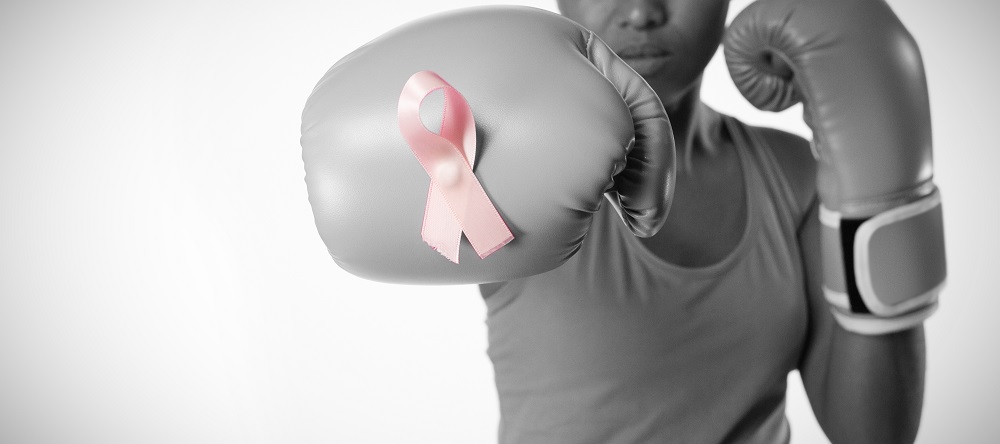- Pancreatic cancer
- Thyroid cancer
- Liver cancer
- Colon or rectum cancer
- Lung Cancer
- Prostate cancer
- Skin melanoma
- Bladder cancer
- Non-Hodgkin lymphoma
- Leukemia
The BIPOC Population
In 2019, The American Cancer Society released a report on cancer facts and figures. This report found that Black men are 22% more likely to die from cancer than white men. Black women are 13% more likely to die than white women. The good news is that cancer survival rates in the African American population have improved. From 1960 to 1963, cancer survival rates in the Black population were approximately 27%. From 2008 to 2014, this increased to approximately 62%. In comparison, cancer survival rates for white Americans from 2008 to 2014 is 67%. Breast cancer rates are also a telling demonstration of cancer disparity among the BIPOC community. Breast cancer mortality rates in the United States are 41% higher in Black women than white women. For Indigenous peoples in the United States, this disparity exists as well. From 2012 to 2016, studies showed that American Indians and Alaska Natives were approximately twice as likely to develop liver or colon cancer than white Americans. This is also true of Asian and Pacific Islander natives. American Indians and Alaska Natives have the highest rates of kidney cancer, and Alaska Natives have the country’s highest colorectal cancer rates. And this is just a snapshot of statistics concerning cancer disparities among the BIPOC population in the United States.The LGBTQ Population
There is concern that the LGBTQ population also has disproportionately high rates of cancer. This is especially true of prostate cancer in gay and bisexual men. The issue is that there are currently not enough studies to know disparity rates. The same may be true for trans women; however, there are not enough statistics on this at the moment. The lack of available data on the LGBTQ cancer disparity rates highlights yet another disparity and raises concern for some medical professionals and communities. The same issues come with assessing rates of breast cancer and other cancers in lesbian and queer women. Some research does exist, but sample sizes of studies have been too small to produce conclusive results. The LGBTQ community is at risk because we have little to no information about this group’s at-risk cancers. Transgender and gender-nonconforming people are largely marginalized in scientific research. There are no studies that have assessed whether their cancer rates are higher.What Causes Cancer Disparities in Minority Groups
Multiple factors cause cancer disparities in minority groups. Of course, genetics can play a part in cancer risk. However, genetics do not account for the significantly higher mortality rate from cancer in some minority groups than in white people. To explain this inequality, let’s look at how socioeconomic status and health literacy factor into cancer disparities.Socioeconomic Status Levels for Black Americans
The same 2019 American Cancer Society report cited earlier also examined socioeconomic status. It found that people with lower socioeconomic statuses died of cancer more often than those with high statuses. This was regardless of race and ethnicity. However, there are significantly more BIPOC Americans living below the poverty line than white Americans. A survey by the American Psychology Association found that while 14% of white children and teens live below the poverty line:- 39% of African-American children and teens live in poverty
- 33% of Latino children and teens live in poverty
- African American unemployment rates are double unemployment rates for Caucasians
- African Americans make approximately 72% of Caucasians working similar roles




